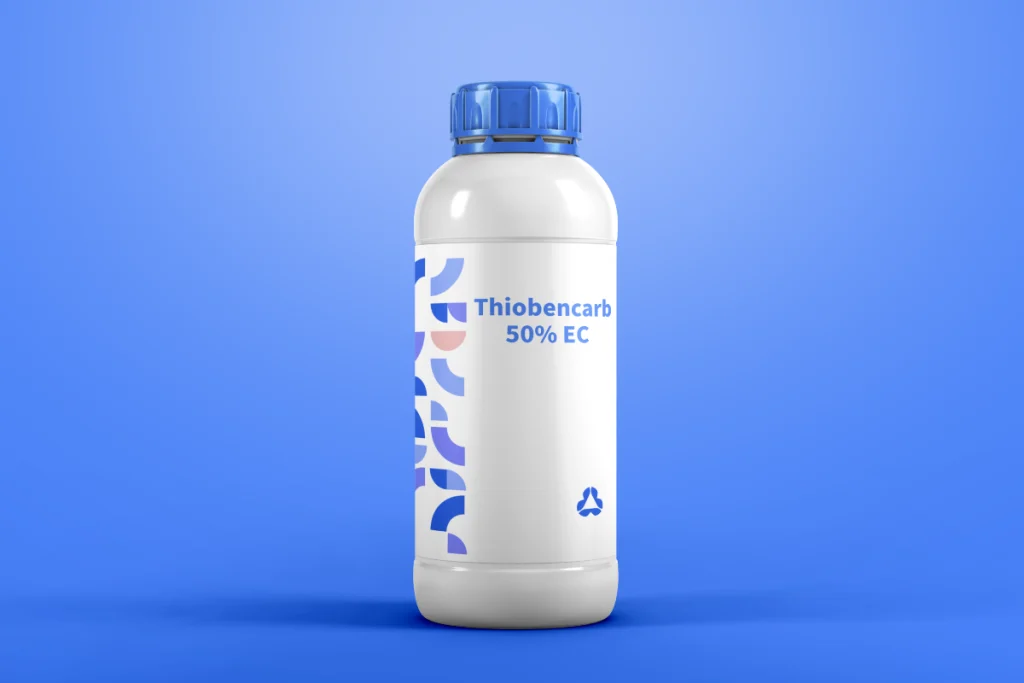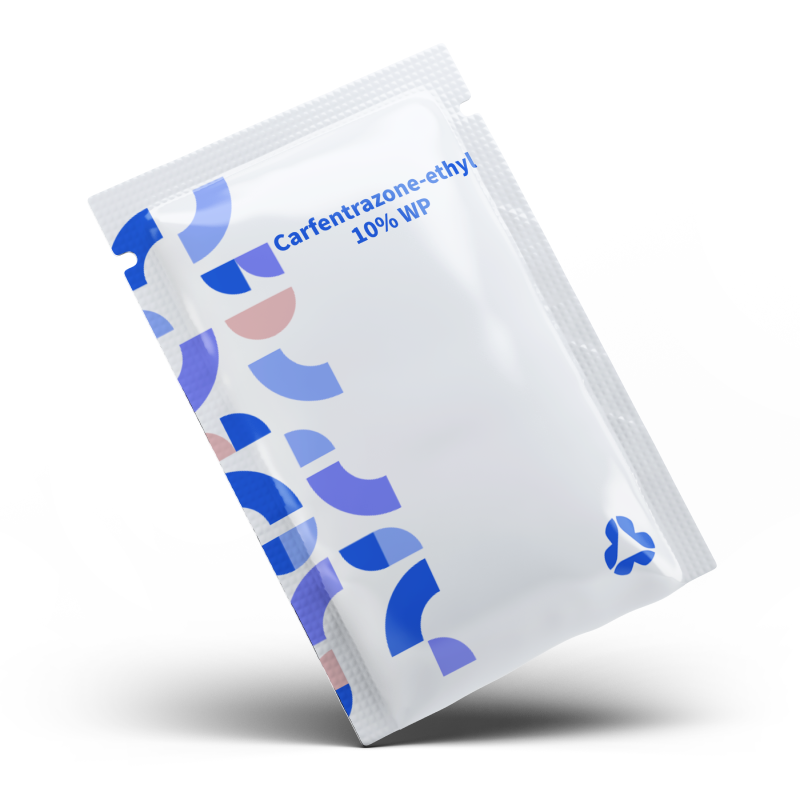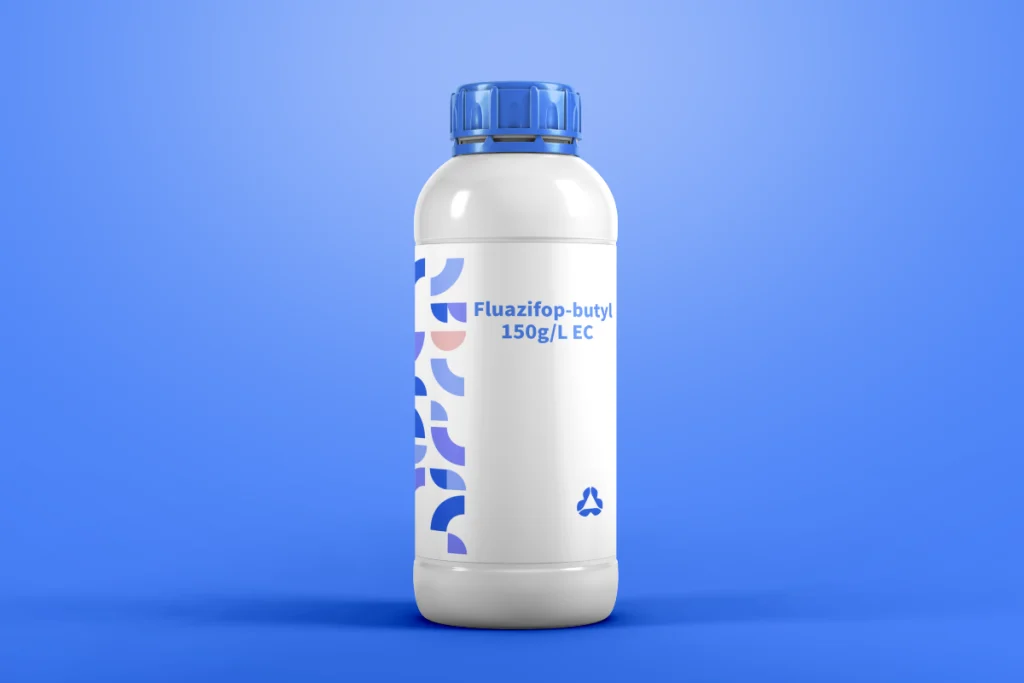Trifluralin is a selective pre-emergent herbicide widely used to control annual grasses and broadleaf weeds. Ideal for use in row crops, vegetables, fruit orchards, ornamentals, and other cultivated areas, it is applied before weed seeds germinate, providing long-lasting soil protection.
By inhibiting root development in weed seedlings, Trifluralin prevents establishment, reducing competition for nutrients, moisture, and sunlight.




